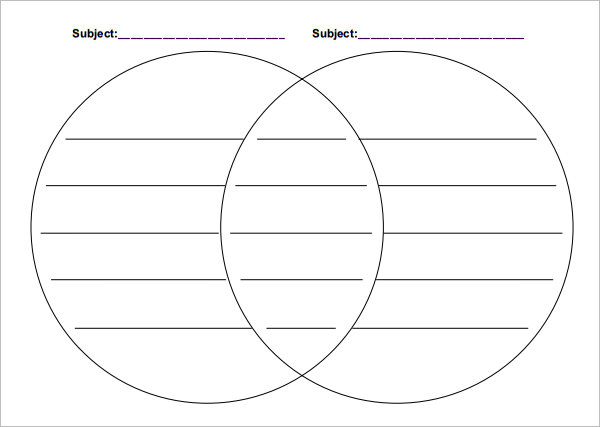Plan Author: Mathew Needleman
Date Created: 2/11/2003 6:03:08 PM PST
School:
Saturn Street
Grade Level:
1
Students:
15 students. 7 boys and 8 girls. 7 English only or IFEP, 8 ELLs. One student is receiving resource services.
Subject Area(s):
Language Arts (English)
Goal(s):
Students will be able to compare and contrast two pieces of literature.
Concept(s):
Students will apply their knowledge of folktales to analyze and appreciate the humor of the story "Little Green Riding Hood."
Students will be able to compare and contrast "Little Green Riding Hood" with the two versions of "Little Red Riding Hood" they have previously read.
Standards:
CA- CCTC: Aligned CSTP's and TPE's
• Standard : CSTP: Standard for Creating and Maintaining Effective Environments for Student Learning
TPE: E. Creating and Maintaining Effective Environments for Student Learning
CSTP Description: Teachers create physical environments that engage all students in purposeful learning activities and encourage constructive interactions among students. Teachers maintain safe learning environments in which all students are treated fairly and respectfully as they assume responsibility for themselves and one another. Teachers encourage all students to participate in making decisions and in working independently and collaboratively. Expectations for student behavior are established early, clearly understood, and consistently maintained. Teachers make effective use of instructional time as they implement class procedures and routines.
• CSTP Key Element : Promoting social development and group responsibility.
Question : facilitate the development of each student’s self esteem?
CA- California K-12 Academic Content Standards
• Subject : English Language Arts
• Grade : Grade One
• Area : Reading
• Sub-Strand 3.0: Literary Response and Analysis
Students read and respond to a wide variety of significant works of children’s literature. They distinguish between the structural features of the text and the literary terms or elements (e.g., theme, plot, setting, characters). The selections in Recommended Readings in Literature, Kindergarten Through Grade Eight illustrate the quality and complexity of the materials to be read by students.
• Concept : Narrative Analysis of Grade-Level-Appropriate Text
Standard 3.1: Identify and describe the elements of plot, setting, and character(s) in a story, as well as the story’s beginning, middle, and ending.
Objective(s):
After participating in a guided reading of the story, "Little Green Riding Hood", pair sharing, and completing a Venn Diagram as a whole class, students will be able to state at least one difference and one similarity between "Little Green Riding Hood" and the story it parodies.
Prerequisite Background Skills/Knowledge:
Students must be familiar with the story "Little Red Riding Hood." Students have read two versions of the traditional folktale as well as "Lon Po Po" a Chinese version of the tale.
Students should be familiar with the conventions of the folktale, its oral tradition, typical characters and story elements. These have been taught through discussion and the chant, "Is It A Folktale?"
Students will need to be taught the concept of parody to understand the humor of "Little Green Riding Hood." The idea will be related to making fun of something which will make it easier to understand.
Vocabulary / Language Skills:
Parody (see prior knowledge)
Different and Same. These concepts still present difficulties for English Language Learners. They will be retaught using manipulatives before the lesson begins.
Materials:
Student Anthologies
Chart Paper (for Venn Diagram)
Word Card (with Parody written on it)
Classroom Management:
Students will be asked periodically to have a discussion with partners about certain questions that the teacher poses. Teacher must circulate to make sure that students remain on topic and each find a partner. The lesson must be fast paced and varied in order to maintain student interest.
Procedure:
Open
Students will be "warmed up" by reciting the chant, "Is It Folktale."
Explain to students that the hard work that they have done in examining "Little Red Riding Hood" is about to payoff in their reading of "Little Green Riding Hood." Talk about the concept of parody and check to see that students understand that "Little Green" is intended to make fun of "Little Red" and the oral tradition of folktales.
Body
Distribute anthologies to students. Have them find the story "Little Green Riding Hood." Remind students to track the words with their fingers as the teacher reads.
Teacher will stop periodically to ask questions geared toward the eventual completion of a Venn Diagram. For example, what is different about the girl in this story versus the girl in "Little Red"? Students will have opportunity to discuss higher level thinking questions with a partner before being asked to share their thoughts with the entire class.
Once the story is complete, assist the students in completing a Venn Diagram comparing the two versions of Little Red Riding Hood.
Close
Review what is written on the Venn Diagram. Ask students to discuss with a partner one difference and one similarity between the two stories.


No comments:
Post a Comment